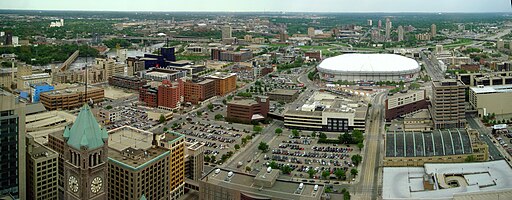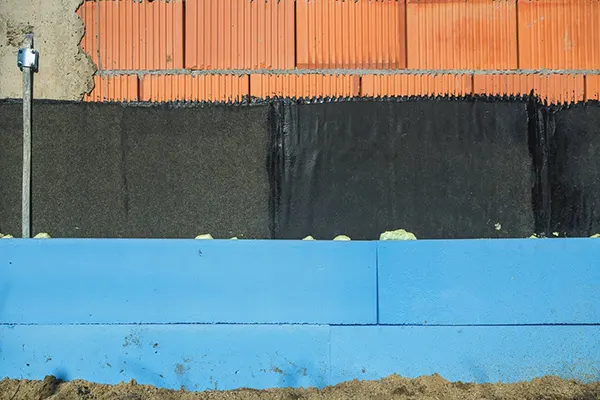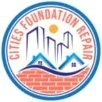Downtown East Minneapolis Neighborhood Guide
Everything you need to know about living, working, and building in Downtown East
📍 Quick Overview

Bobak Ha’Eri, CC BY 3.0 <https://creativecommons.org/licenses/by/3.0>, via Wikimedia Commons
✨ What Makes Downtown East Special
The terrain slopes down toward the Mississippi River, which gives you some great views from the higher floors of buildings.
The folks here are mostly young professionals and empty nesters who want to live downtown but maybe don’t want the hustle and bustle of the main downtown core.
It’s right downtown but has its own personality because of the river and the historic mill district.
Natural Beauty
Community Feel
Convenience
From job sites, you can see the river, the Stone Arch Bridge, and Mill City Museum. The soil here has been worked over from all the old mill and industrial development, so it’s mostly fill dirt and clay.
You’ll notice people who appreciate the river access and the historic character of the converted buildings.
The location works if you want city living with easy access to the riverfront parks and trails.
🏠 Living & Building in Downtown East
Neighborhood Amenities
Housing & Development
Parks & Recreation: Mill Ruins Park, Stone Arch Bridge, and great access to the riverfront trail system
Shopping & Dining: Growing selection of restaurants and bars, plus easy access to all downtown amenities
Schools & Services: Not many families with kids, but excellent access to downtown services and transportation
Transportation: Walking distance to downtown, good public transit, and easy highway access
- Most work we do here is on converted mill and warehouse buildings from the early 1900s
- Some newer condo and apartment developments along the riverfront
- Parking and equipment access can be challenging in the dense urban area
- Foundation work often involves dealing with old industrial foundations and unique structural challenges
“Foundation work in Downtown East typically involves converted industrial buildings. The soil here is fill dirt and clay with remnants from the old flour mill days – you never know what you’ll find underground. We work with condo associations and building managers more than individual homeowners. Access is always a challenge with narrow streets and limited parking for our equipment.”
🗺️ Area Map
❓ Quick Facts About Downtown East
Neighborhood Stats
Distance to downtown: You’re already downtown – walking distance to the business district
Average lot sizes: High-density development – mostly converted buildings and high-rises
Zoning: Mixed-use development with residential, commercial, and historic preservation areas
Utilities: Most converted buildings have updated utilities, though some have unique configurations
Planning a Project Here?
- Soil conditions are unpredictable – lots of fill dirt and old industrial remnants
- Common issues include settling in converted buildings and water infiltration from river proximity
- Permits can be complex due to historic preservation requirements on mill buildings
- Timing depends more on building access and logistics than weather
- Equipment access requires careful coordination with building management and city parking
🚜 Local Foundation Repair Services
We don’t do as much traditional residential foundation work in Downtown East since most people live in converted buildings or condos, but when we do get called out, it’s usually for interesting structural challenges. Our experience with different types of construction helps when dealing with converted mill buildings and their unique foundation systems. What makes us different is that we understand the logistics of working in dense urban areas and can coordinate with building managers to minimize disruption to residents.

